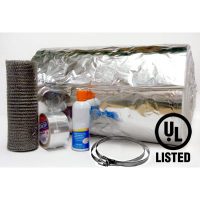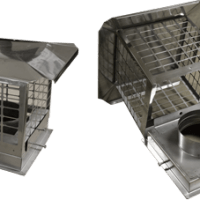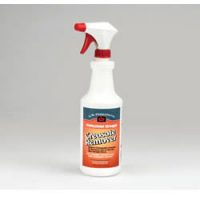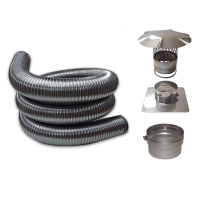With fuel prices surging, this winter’s heating bills are certain to rise accordingly. For many consumers higher prices to heat homes will take their toll on budgets. You can’t do anything about heating oil prices but you can reduce your heating bill by following several simple steps as outlined below.
Turn down the thermostat – If you are used to heating your home at 70 degrees, then 68 should do. Drop it down to 65, put on a sweater, and reap the savings. Even a drafty house can be comfortable enough if you dress appropriately.
Seal the windows, seal the doors – Plenty of air leaks out of windows and underneath and around doors. You may not be able to insulate everything, but you can apply sealant to the window or around the door. Even a stretched out towel laying on the floor up against the door will do.
Replace your filters – your furnace may be laboring not because it is old but because its filter is dirty. Replace that air filter and your furnace will work more efficiently. An efficiently operating furnace will cost you less money.
Check the ceiling fans – You cool your home with your ceiling fans, but did you know you can warm it up with the same device? Yes, a ceiling fan with the blades working in reverse will help pull up and spread out heat all around the room. A very efficient and cost effective way to warm up a room.
Shut the chimney – If you don’t use your fireplace, then close up the damper as that is prime way for heat to escape; keep your home warm by only opening the damper up when the fireplace is operating.
Move furniture – Furniture placed in front of radiators or over heat registers can stop heat from properly circulating. There is no need to bake your divan or roast your Lazy Boy; keep all heating areas free for optimum heat flow.
Consider insulation – If your attic area has a dearth of insulation in it, add more and also consider having insulation blown in between the floors and between the walls. The roof job you have been putting off may come in handy now: perhaps the source of heating escape is through the top of your house.
You can also make good use of your kitchen’s stove by opening the door up when the food is done. That extra bit of heat can warm your home just enough to make a difference.
About the Author: Adam is a professional freelance writer the website Loans guide. We have lots of awesome info on the topics of loans company, all the way to Loans. We encourage you to visit us today and see all we have to offer.






